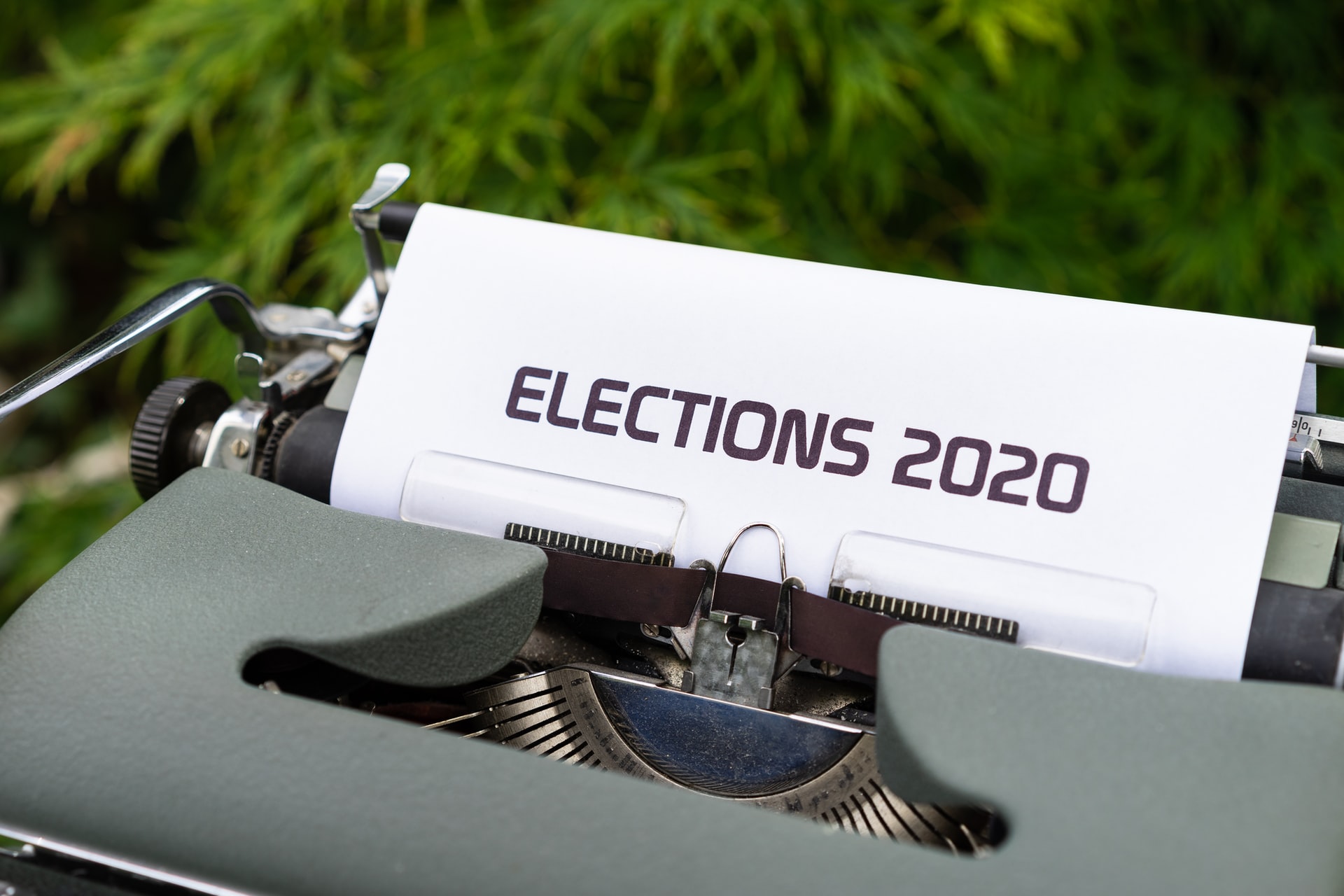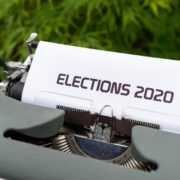
AS several states have encouraged voters to cast their ballots by mail to contain the spread of the coronavirus. election officials and experts are scrapping the idea that a clear winner will be declared on election night — or even into the early hours of November 4.
This caution comes despite living in an age of constant information and a 24/7 news cycle.
“We’re living in an incredibly polarized political environment. People are looking for problems, and they’re likely to react in very dramatic ways, specifically if it comes to issues of polling place violence or intimidation,” Nathaniel Persily, the James B. McClatchy professor of law at Stanford Law School, said during a recent briefing with ethnic media reporters.
Given this, media are advised to not hastily declare winners as states will have their respective methods of counting ballots, whether they were sent by mail or done in person during the early voting period of on Election Day itself.
“I think it’s important that the media — though they will project winners, there’s nothing we can do to stop that — not declare who has won a state because election results on election night or even in the week after are always unofficial,” Persily said.
The election watcher advised that results should be contextualized, such as the number of returns in relation to the total number of votes that are expected or how a particular jurisdiction is voting compared to 2016.
“The most important piece of information that you can give in order not to mislead voters is to report the results in 2020 as compared to 2016 in areas that have fully reported,” he said, adding another reference point would be how President Donald Trump performed this time around in contrast to four years ago.
Two days before the election, 93 million voters cast their ballots, nearly twice the number four years ago, according to the U.S. Election Project run by University of Florida professor Michael McDonald.
Between 150 million to 160 million are Americans are anticipated to vote in this cycle, Persily estimated.
Data so far show that registered Democrats largely voted by mail ahead of Election Day, while the current president’s supporters are likely to vote in person on November 3.
“What also makes this election different is that those ballots will be disproportionately from Democrats, and so, there’s never been such a bias in the voting method that Democrats and Republicans have been using,” Persily said.
Other factors to consider are premature claims of victory by either candidate or disinformation campaigns to further sow confusion in the vote-counting process.
Key states to watch include Florida, North Carolina, Pennsylvania, Michigan, Wisconsin and Arizona.
“I think that this election is going to fundamentally change our election infrastructure in a lot of ways. The move to mail balloting is not one that’s going to easily be reversed now that voters have become accustomed to voting in such a convenient way,” Persily said.






